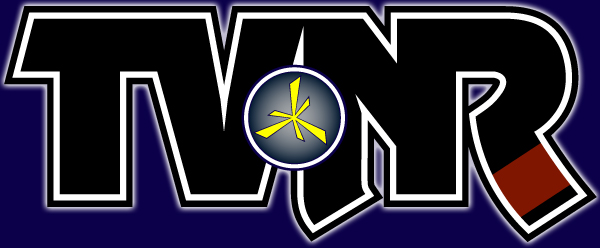Our Brazilian Jiu-Jitsu Lineage
The late Grand Master Hélio Gracie once said, “the roots of the jiu-jitsu tree were said to have originated in the mountains of India 2500 years ago. The supposedly stretched throughout China, and about 400 years ago settled in Japan where they found the soil to grow strong.” Since that was spoken, the time frame is probably closer now to 500 years ago. Traditional Japanese Ju Jitsu flourished in the feudal time-period as Samurai battled both with sword and in hand-to-hand combat.
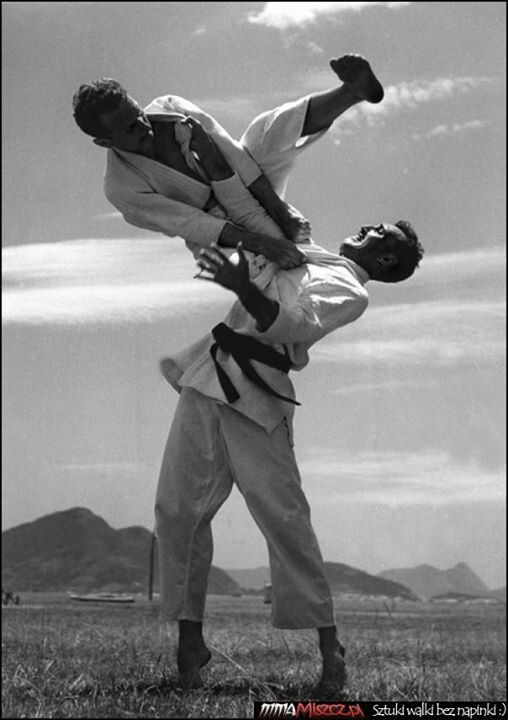
After the fall of feudal Japan near the turn of the 19th century, Jigoro Kano refined the techniques utilized by the Samurai. Kano was considered a visionary who adapted his knowledge of jujitsu to include more randori, or “live sparring.” He also worked on bringing more cohesiveness to the vast array of techniques in the feudal arts. In 1882, he brought together concepts and ideas from various schools where he studied to create the first successful offspring of Japanese Ju Jitsu – Kodokan Judo.
One of Jigoro Kano’s most talented students in the Kodokan was named Mitsuyo “Count Koma” Maeda. In 1915, Mitsuyo left Japan and came to settle in Belem do Para, Brazil. It was there he met a Brazilian businessman and politician named Gastão Gracie. Gastão and Mitsuyo worked closely together as a Japanese colony was established in the area. It wasn’t long before Mitsuyo and Gastão became friends. As a way to show his appreciation, Mitsuyo offered to teach judo to Gastão’s oldest son, Carlos Gracie.
Carlos started training under Mitsuyo when he was 15 years old. For six years, Carlos dedicated himself to Mitsuyo’s teachings. In 1923, Mitsuyo moved back to Japan leaving Carlos to continue training on his own. Carlos took advantage of this new freedom by refining techniques to meet his needs while teaching his brothers what would soon be known as “Brazilian Jiu-Jitsu.” Most notable of the brothers to learn jiu-jitsu was Carlos’ younger brother Hélio Gracie.
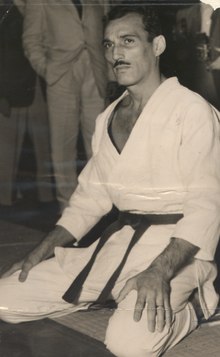
Hélio Gracie was a frail, asthmatic child who lacked many of Carlos’ physical abilities. Of the five Gracie brothers, Hélio was the only one who initially was not allowed to train jiu-jitsu. Despite not being allowed to train, Hélio intently watched all of Carlos’ classes. When their father Gastão became ill, Carlos brought Hélio in to live with him allowing even more exposure to Carlos as he taught his classes.
On day, when Hélio was 16 years old, Carlos was running late for a private lesson. Hélio offered to teach the lesson in Carlos’ place. The student was so happy with the lesson he continued his lessons under Hélio from that point forward. In the many years to follow, Carlos and Hélio would collaborate ideas and further develop their new style of jiu-jitsu. Carlos continued to utilize his aggressive, attacking style with speed and athleticism. Hélio continued to focus on leverage, momentum, and techniques adapted to his smaller size.
In 1925, the brothers moved to Rio de Janeiro and opened the now famous “Academia Gracie de Jiu-Jitsu.” In time, this would be the headquarters of Gracie Humaitá. Over a lifetime of careful study, experimentation, and adaptation, The Gracie brothers created one of the most effective fighting and self-defense systems in the world. Brazilian Jiu-Jitsu, sometimes called Gracie Jiu-Jitsu, is the evolution of judo and ju jitsu – yet stands on its own as a fighting art.
About Rickson Gracie
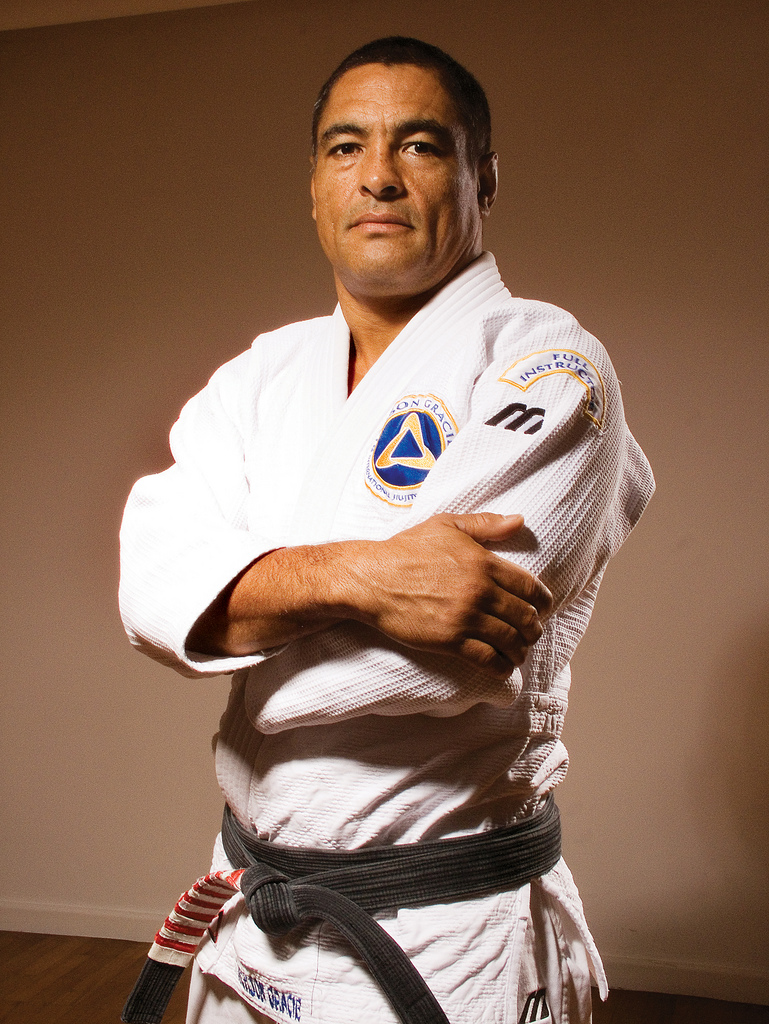
Rickson Gracie is widely considered to have the finest expression of Brazilian Jiu-Jitsu in the world. Born in November, 1958, Rickson is the third oldest son of Hélio Gracie. His older brothers Rorion and Relson, along with half-brothers Rolker, Royce, Robin, and Royler were all born into one of the greatest fighting families of all time. Rorion would go on to co-found the Ultimate Fighting Championships (UFC) and Royce would become the first UFC champion. Yet everyone in the family would agree that Rickson was the family champion. He fought martial artists from around the world to defend the Gracie name while expanding and refining his jiu-jitsu knowledge.
Rickson began his training as a young child. He entered his first competition when he was just 6 years old and began teaching at the academy when he was 15. When he turned 18, Rickson was promoted to black belt by his father Hélio. Today, Rickson is a 9th degree red belt – the highest rank awarded in jiu-jitsu.
He moved to the United States in 1989 to help his brother Rorion establish the Gracie Academy in Torrance, California. While in the United States to focused on teaching classes, seminars, and preparing for his emergence into the world fighting scene. Rickson had fought in large crowds while living in Brazil, however he wouldn’t be well known to American and Japanese fight fans until the 1994 Vale Tudo Japan event.
In 1995, Rickson was the subject of the documentary Choke by filmmaker Robert Goodman. The documentary followed him and two other fighters as they prepared to fight in the 1995 Vale Tudo Japan event. Rickson had won the previous year and was looking to defend his title. The Vale Tudo Japan was similar to today’s UFC, but with fewer rules, a bracketed multi-fight format, and fights being held in a boxing-style ring instead of a cage.
Despite his success in major Japanese fighting competitions, Rickson’s goal has always been to promote Brazilian Jiu-Jitsu. In January 1996, he formed the Rickson Gracie American Jiu-Jitsu Association. As the association began to grow outside the United States, the name was changed to the Rickson Gracie International Jiu-Jitsu Association. Rickson brought in some of the best black belt instructors to teach in the association, including Wellington “Megaton” Dias, Pedro Sauer, and our eventual team founder Rodrigo Vaghi.
Rickson’s final mixed martial arts event was in 2000, but he didn’t officially retire from competition until 2006.
In 2012, Rickson Gracie made the decision to form a new jiu-jitsu association. The goal of his newly formed Jiu-Jitsu Federation was to provide students with a means to emotional balance and a healthy lifestyle through jiu-jitsu. Rickson said, “ I have devoted my entire life to jiu-jitsu and recently had a revelation larger and more profound than the techniques and all of my accomplishments combined. The art’s most beneficial aspects cannot be seen or taught because they are mental, not physical. Jiu-Jitsu changes an individual’s perception and the way one deals with life’s opponents. Despair, low self-esteem, and a lack of motivation can all be defeated by the Invisible Jiu-Jitsu. Jiu-Jitsu teaches you how to survive on the mat and thrive in the world."
About Rodrigo Vaghi
Rodrigo Vaghi is the founder of Team Vaghi Brazilian Jiu-Jitsu based out of St. Louis, MO. Originally from Rio de Janeiro, Brazil, Rodrigo is a life-long martial artist who has dedicated himself to a lifetime of service to his students. He is currently a 6th degree black belt under the legendary Rickson Gracie.
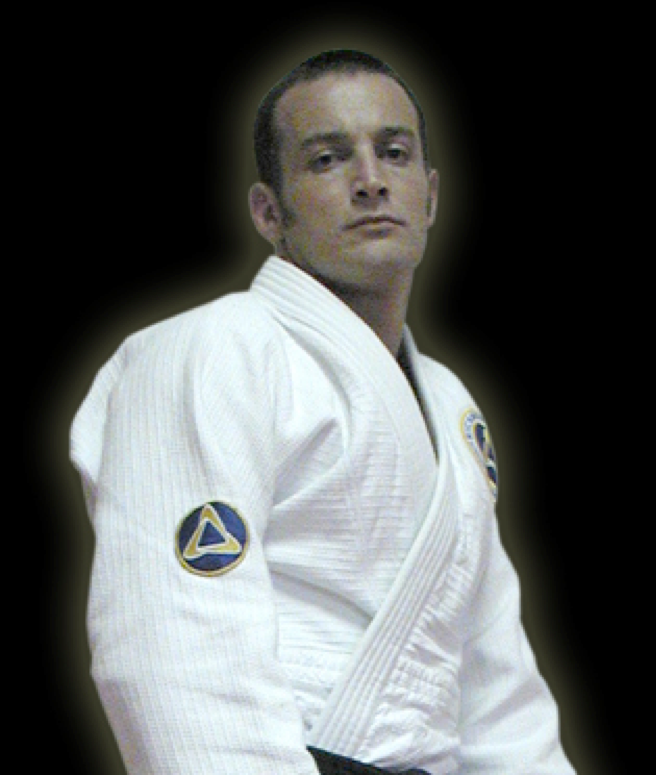
Rodrigo started his martial art training in judo when he was just four years old. It wasn’t long after he began competing and finding success. For five consecutive years – from 1981-1986 (11 to 16 years old) – Rodrigo was the Rio de Janeiro State judo champion. His instructors pushed him hard and instilled a work ethic that he would carry with him his entire life.
When Rodrigo was 15 years old, he was invited by his friend Alexandre to come try a jiu-jitsu class. Since he had been successful in judo, Rodrigo felt confident with this ground skills and attended a training session. During the training, Rodrigo was able to throw his friend using judo. However, Alexandre was able to use the guard to gain top position and eventually submit Rodrigo. Rodrigo was submitted three times with movements he had never seen in judo. Rodrigo was so bothered by his loses he stayed up all night thinking about the training. In the morning he told his father he wanted to train jiu-jitsu.
Rodrigo’s father was friends with Hélio and Carlson Gracie. It was only natural that Rodrigo would go to them to begin his jiu-jitsu journey. In 1984, Rodrigo started training at Lagoa Rodrigo de Freitas – the jiu-jitsu school famously located under the rowing stadium. Rodrigo’s instructors were Grandmaster Hélio Gracie, along with his sons Rickson, Royce, Royler, and Rolker. While Hélio supervised, the majority of the classes were taught by Rickson Gracie. By the time Rickson moved to the United States, he had left a lasting impression on Rodrigo that would eventually lead him to follow in Rickson's footsteps.
Rodrigo trained with the Gracie family in Brazil for 13 years. The training was intense – with classes lasting three or more hours. The first half of class would focus on self-defense followed by the second half focused on live grappling. Using the work ethic first developed in judo, Rodrigo would consistently find people in training that would either dominate him or offered him a challenge. He would continue seeking out the best until he improved enough to beat them in sparring. Once the challenge was gone, he would move on to the next and being the process over. This constant desire to improve himself has continued to this day and Rodrigo looks for new and better ways to teach his students. It wasn’t long before Rodrigo had earned his blue belt, and by age 25 he was promoted to black belt.
While in Brazil, Rodrigo would become a 3-time State Jiu-Jitsu Champion. When not competing he helped at the school in any way he could. For a number of years he taught as an instructor at the Gracie Academy located downtown. He was still teaching in all aspects of jiu-jitsu, but he was well-known for his knowledge of the Gracie self-defense system. When not teaching, Rodrigo worked long hours in the Brazilian Stock Market in Rio de Janeiro.
In 1997, Rodrigo left Brazil and came to the United States. It was no accident that Rickson immediately brought Rodrigo into the Rickson Gracie American Jiu-Jitsu Association as an instructor. While living in Rio de Janeiro, Rodrigo hadn’t planned on turning jiu-jitsu into a career. He was hesitant to leave the financial world for the uncertainty of school ownership. However, once in the United States he decided to focus on sharing his love of jiu-jitsu.
Rickson Gracie was quoted as saying, “Rodrigo Vaghi has distinguished himself among other jiu-jitsu stylists as a superior competitor. As an instructor and competitor in US and international competition I feel certain that he will be able to pass on the teaching he received with dedication, technical efficiency and invincible spirit that has always been synonymous of the Gracie Family name.”
Team Vaghi History
When Rodrigo moved to the United States in 1997, he was offered the opportunity to train at Rickson Gracie’s school in California. While honored, Rodrigo made the decision to settle in St. Louis, Missouri. He liked the idea of bringing jiu-jitsu to a new part of the country. Jiu-Jitsu had been gaining exposure on the east and west coasts, but was still relatively unknown in the Midwest. Rodrigo would continue to teach seminars at Rickson’s request, but he set up his headquarters in St. Louis.
Rodrigo received a lot of initial support from local law enforcement and a few members of the local SWAT Team. He wanted to keep the identity of jiu-jitsu like he had known it as a student in Brazil. His classes were tough and his standards were high. Early on his class sizes were small, but he refused to make his classes easier just to gain more students. Rodrigo would emulate what he learned from Rickson and stay true to his training. He helps forge strong team bonds and requires students to truly earn their belts.
During his first full year in St. Louis (1997-1998), Rodrigo would make connections with students who would end up playing key roles in his eventual association. Mike Rogers (owner of SCMMA), Ed Shobe (brought Team Vaghi to Nebraska), Brian Guidry (owner of North Broadway Jiu-Jitsu), and Bill Krieg (Regional Director of Team Vaghi – Northern Region) all earned their black belts from Rodrigo and can trace their beginnings back to that first year in St. Louis. Other key members have joined the team over the years, but no single year was more critical to the development of the team than that first year.
While teaching has been his primary focus, Rodrigo has taken time to train for high-level competiton. In 2011, Rodrigo traveled back to Brazil and won the 2011 Masters World Championships in Rio de Janeiro. He’s also trained along-side his students for a number of IBJJF competitions, including multiple Pan Ams in California. The overall success the team has enjoyed can be traced directly back to Rodrigo’s work ethic. He has helped produced fighters in the UFC, Strikeforce, and Bellator and hundreds of IBJJF gold medalists.
Rodrigo has an interest in learning everything that is new and evolving in sport jiu-jitsu. However, he never wants to lose focus on what’s important – perfecting the basics. That focus starts at the team headquarters and filters down to all of his affiliate schools. Team Vaghi currently has affiliates in Missouri, Illinois, Nebraska, Wisconsin, and Minnesota.
Development of TVNR
On November 12, 1993, Bill Krieg was invited over to a friend’s apartment to watch the very first Ultimate Fighting Championship (UFC) pay-per-view event. He had done a little martial art training while in high school, but had not taken the training very seriously. That changed after he watched Royce Gracie fight his way through the 8-man bracket. Royce Gracie was undersized compared to the majority of the field. Despite his lack of size, he was able to win 3 matches – all by submission.
Bill started training in an art called Diamond Karate. At that time in Wisconsin there were no Brazilian Jiu-Jitsu schools or clubs. While primarily a stand-up art, there were ground components to the style that seemed to fit with realistic self-defense concepts. The Diamond Karate system evolved over the next few years and eventually changed its name to Shinbudo. More and more ground techniques were added, and the art’s founder sought out Rickson Gracie for technical knowledge.
In July 1997, Bill became a member of the Rickson Gracie American Jiu-Jitsu Association. He was given 0797-1415 as a student number. Being a member allowed Bill the opportunity to attend various Rickson Gracie Association seminars. One of the certified association instructors was Rodrigo Vaghi.
Bill attended his first Brazilian Jiu-Jitsu seminar in November 1997. Rodrigo was the instructor. The seminar was truly and eye-opening event. It was the hardest Bill had been pushed physically and he was amazed at how effortless Professor Vaghi was able to submit those in attendance. Professor Vaghi had just recently moved to the United States, but did speak a little English. Even with limited English, Professor Vaghi was able to break down the jiu-jitsu movements with exacting detail. Bill continued to follow Professor Vaghi throughout the Midwest to attend other seminars he was teaching.
In the late 1990s, Bill was traveling down to St. Louis as time allowed. To supplement training, he also networked with others who were training jiu-jitsu. By 1999, there still wasn’t anyone ranked higher than blue belt living in Wisconsin. Teams in the area included those led by Pedro Carvalho, Pedro Sauer, and Romero “Jacare” Cavalcanti. It was at this time Bill graduated from college and moved from Milwaukee to Appleton, WI.
Bill wanted to formalize his place as a student under Rodrigo Vaghi. Bill started a small training group in the basement of his duplex using carpet remnants covered with a vinyl tarp. The training group started to grow slowly with the help of small flyers and postings on message boards. At the time, social media hadn’t really developed so it was harder to find others interested in jiu-jitsu.
The training group continued to grow over the years. Bill’s club left his basement and began to sublet from existing martial arts schools in the area and for a short time operated out of the local YMCA. Eventually, the club grew large enough to allow for its own training space. Bill continued to own and operate the club until 2010 when he sold the school to two of his students. Bill had made the decision to pursue a career in law enforcement and did not have the time to operate a school.
The students who purchased the school decided it was in their best interest to leave Team Vaghi. Bill had signed a non-compete agreement so he was unable to teach for a two-year period. Bill continued to train, and was still a student under Rodrigo Vaghi. After the non-compete agreement ended, Bill gathered up a few former students and begin to re-form the Team Vaghi presence in Wisconsin.
By 2014, the student base had grown large enough again to have a permanent storefront location. Flashback Martial Arts was opened with the intention of providing jiu-jitsu, judo, historical European martial arts (HEMA), and MMA. As the years went on, HEMA moved to a new location and the MMA changed to an emphasis on muay thai.
Bill Krieg co-founded Flashback Martial Arts as he had past experience of operating a school. However, Bill had a bigger vision. Bill wanted to pass on the school ownership after the business was self-sufficient so he could begin the process of expanding the Team Vaghi footprint in the upper Midwest. Today, Flashback is proudly owned by the husband/wife team of Jesse and Jina Rueger.
By the summer of 2019, the team had grown to include students at various schools in NE Wisconsin and a small training group in Winona, Minnesota. Bill realized it was time to begin taking the required steps to formally align the teams and bring them together. The goal was to improve the learning curve for students who could not train with Bill on a regular basis. The work continued through the fall and became official on January 1, 2020 when Team Vaghi – Northern Region was born.
